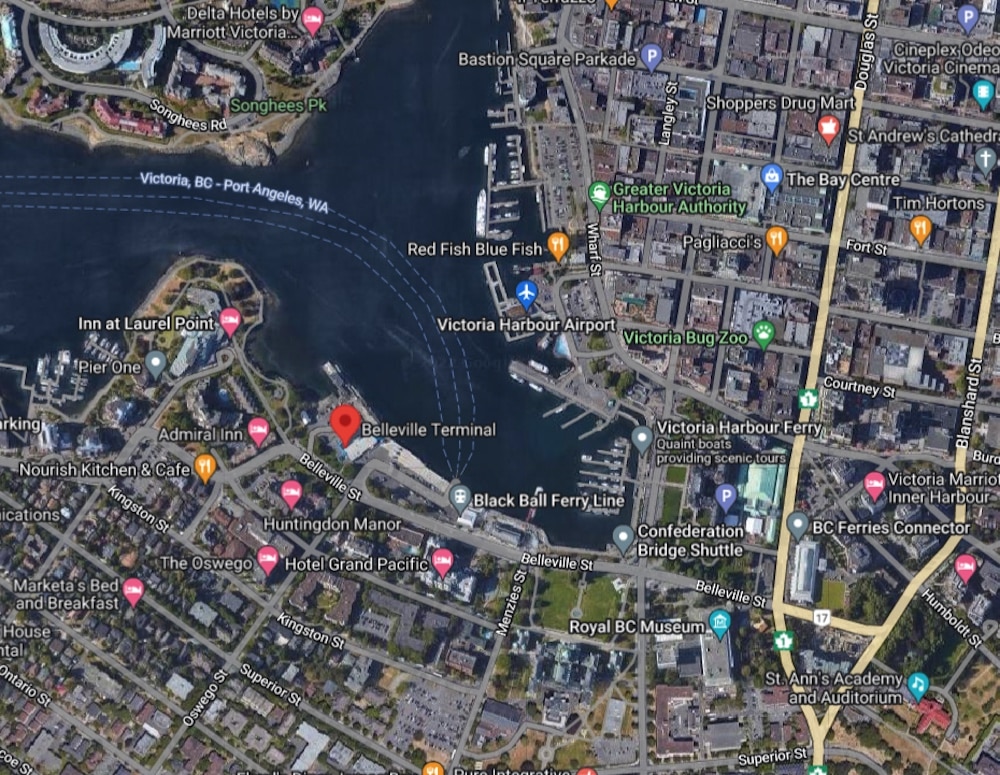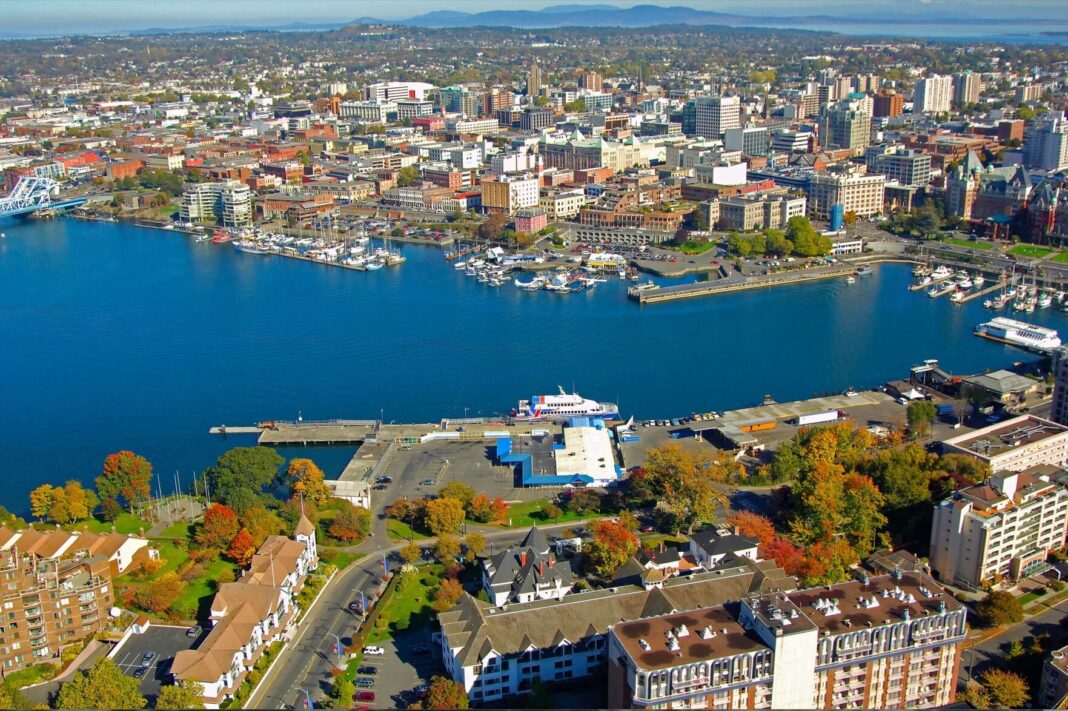Construction on the new replacement Belleville Ferry Terminal in downtown Victoria, British Columbia, will begin later this year and is expected to welcome ferries in time for the 2028 tourist season.
The terminal is one of Canada’s largest and busiest terminals, with more than 680,000 passengers transporting through the shipping terminal in 2019 alone, leading to 220,000 overnight visitors contributing more than CAD 268 million in economic output for the region.

The massive project will deliver an all-electrical terminal building constructed using a hybrid of glue-laminated and cross-laminated timber components and will incorporate the highest energy efficiency.
The project will also meet LEED Gold standards and support the provincial government’s CleanBC emissions-reduction commitments, which include the world’s strong mass-timber encouragement policies.
According to the Minister of Transportation and Infrastructure, Rob Fleming:
“The new Belleville terminal is going to incorporate mass timber supporting B.C. jobs in the industry, it’s going to feature renewable materials, it’s going to have an all-electric design that reduces greenhouse gas emissions and we are going to mitigate site contamination that is there from past industrial uses of this site.”

At a press conference on Friday, Fleming confirmed that the CAD 304 million project which includes CAD 42 million provided by the Canadian federal government, will proceed.
According to Fleming, the upgrade will bring Belleville Terminal into compliance with the Canada-U.S. Land, Rail, Marine and Air Transport Preclearance Agreement.
“A modern preclearance terminal will make travel more convenient for tourists, while enhancing security and trade between Vancouver Island and Washington state, improving Vancouver Island’s tourism sector and boosting regional business investment.”
The province is in discussions with ferry operators Black Ball Ferry Line and FRS Clipper to determine their respective involvement in the project. Procurement will begin in the coming weeks.


Wood Central understands that without the upgrade, the terminal’s U.S. Customs and Border Protection service will be removed, and existing ferry operations will either be shut down or significantly reduced, resulting in major economic losses to the capital region.
The new facility will be built on the same three-acre footprint as the existing facility, immediately west of the Steamship Building near the B.C. legislature in Victoria Inner Harbour.
Belleville Terminal is located on the territory of the Lekwungen peoples and the Songhees and Esquimalt Nations.
The provincial government have been working collaboratively with the Nations to identify opportunities to showcase the cultural and geographical significance of the location.
Chief Rob Thomas from the Esquimalt Nation says he is optimistic that tourists coming into the capital city will learn their Nation’s story.
“We are hoping to get on to the Coho to start the story when people get off the boat, so hopefully, the story will be fully told,” said Chief Thomas.
Construction on the project will begin in the Canadian Fall, with the first phase of work entailing the construction of temporary facilities in the Steamship Building and pier to allow ferry operations to continue during the years-long construction timeline.
After the temporary facilities reach completion, the existing ferry terminal will be demolished to start the new construction process.

Beginning in early 2024, construction on the mass-timber structure will comply with BC Code Step 3 net-zero energy-ready performance standards.
The Step 3 requirements are outlined in the “BC Energy Code – Best Practice for Guide for Local Governments.”
Under the BC Code, the terminal must meet LEED Gold Standards and use building materials – like mass timber – which will result in a 40% reduction in Scope 3 emissions over conventional construction.
While the Clipper is a passenger-only ferry service using high-speed catamaran vessels, Black Ball Ferry Line serves passengers and vehicles using its MV Coho vessel.






